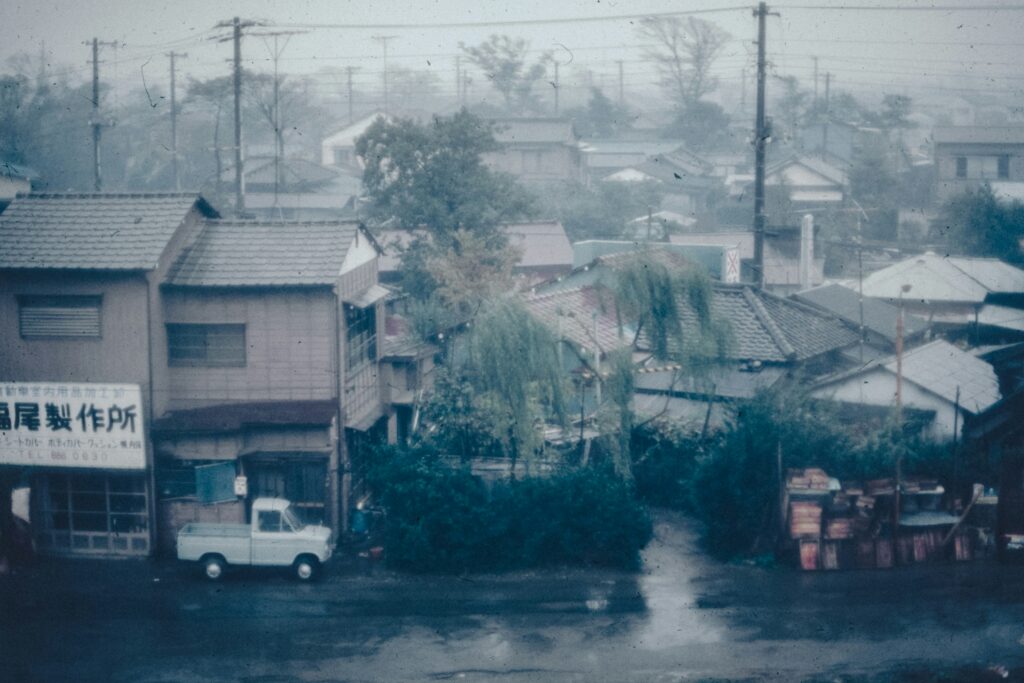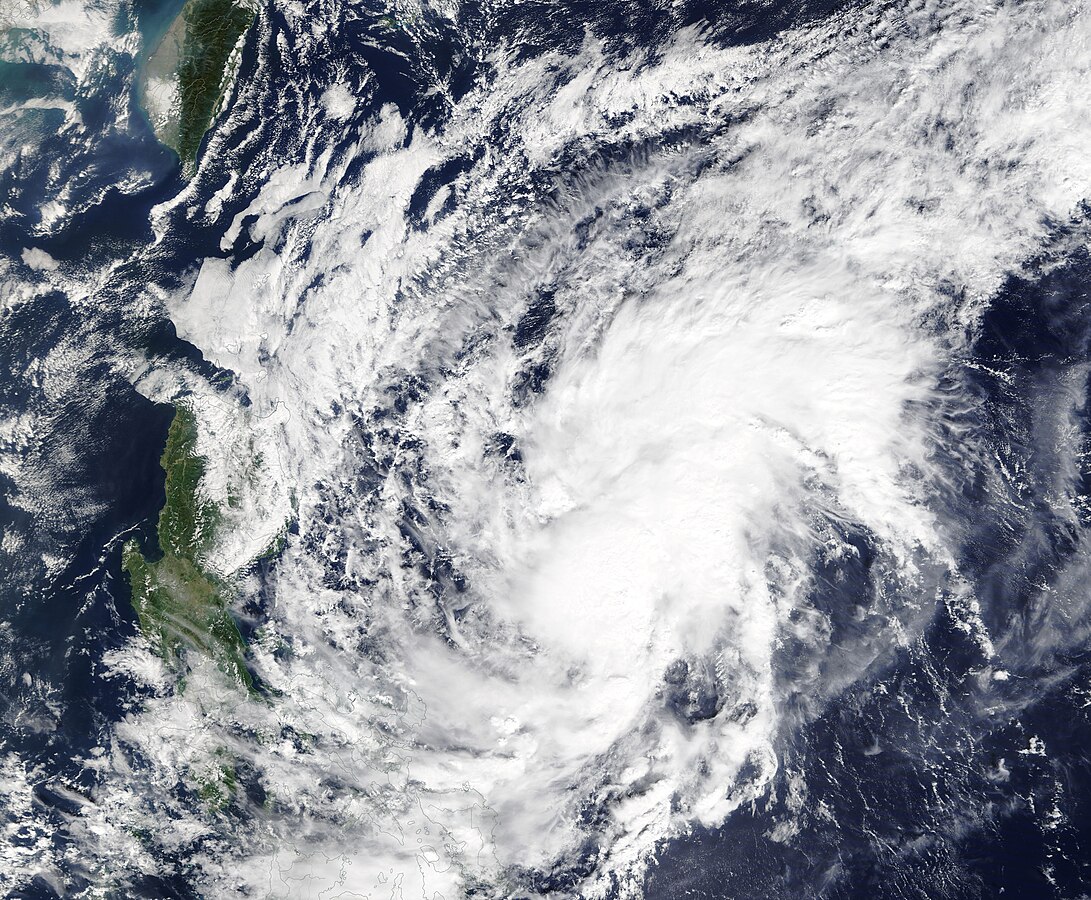Typhoon Kalmaegi Makes Landfall in Vietnam After Killing 114 in Philippines: All You Need to Know About the Storm’s Path, Impact, and Ongoing Crisis
Typhoon Kalmaegi, Asia’s most powerful tropical storm this year, has dramatically altered lives across Southeast Asia. After killing at least 114 people and submerging entire towns in the Philippines, Typhoon Kalmaegi made landfall in central Vietnam, unleashing wind gusts up to 149 km/h (92 mph) and threatening further devastation with hazardous flooding, dangerous waves, airport closures, and mass evacuations. This article provides a comprehensive, up-to-date look at Typhoon Kalmaegi, its impacts, and the responses in Vietnam, the Philippines, Cambodia, and Thailand.

Typhoon Kalmaegi: Overview and Current Status
As of the latest reports, Typhoon Kalmaegi has roared onto Vietnam’s coastline, primarily impacting the provinces of Dak Lak, Gia Lai, and the region just north of Quy Nhon city. Local media outlets such as VnExpress and international agencies like AFP confirm the storm’s severe wind speeds and destructive rainfall.
Vietnam, already grappling with record floods, now faces an even graver scenario as the already saturated ground struggles to absorb more water, leading to rising rivers and the risk of further landslides.
Latest Government Updates and Storm Warnings
- Six Airports Closed: The Vietnamese government has ordered the closure of six airports, including major hubs like Buon Ma Thuot, Pleiku, Tuy Hoa, Chi Lai Phu Cat, and Lien Khuong, resulting in the cancellation or rescheduling of hundreds of flights. The international airport in Da Nang is on high alert, disrupting both domestic and international travel. (Source)
- Evacuations: Over 100,000 households in Gia Lai province alone have been evacuated. Thousands more are affected along vulnerable coastal communities, with local officials urgently knocking on doors to urge people to move to shelters.
- Warnings: Vietnam’s Deputy Prime Minister Tran Hong Ha has labelled Kalmaegi a “very abnormal” storm, highlighting the risks of up to 8-meter (26-ft) waves along the South China Sea and devastating inland flooding.
Typhoon Kalmaegi’s Deadly Path in the Philippines
Before slamming Vietnam, Typhoon Kalmaegi wrought catastrophic destruction in the Philippines, particularly in the Central Visayas region, including Cebu City:
- Death Toll: At least 114 confirmed dead, with hundreds still missing or injured.
- Displacement: More than 400,000 Filipinos have been forced from their homes, many taking shelter in crowded evacuation centers. (BBC News)
- Submerged Towns: Towns and cities, including Cebu, experienced widespread flooding. Streets became rivers of mud and debris, with cars and houses submerged or destroyed.
- Landslides: Emergency rescue workers continue recovering bodies from landslides caused by torrential rains.
- State of Emergency: President Ferdinand Marcos Jr. declared a national state of emergency, enabling fast-tracked aid and coordinated disaster response.

Scenes from the Philippines
Emergency responders have been working tirelessly to search for survivors and retrieve victims from debris-filled neighborhoods. Images of cars piled atop each other, restaurants filled with mud, and communities left without power or clean water illustrate the storm’s devastating toll (EPA, Reuters).
“We must reach isolated areas and ensure people have food, drinking water, and essential supplies. No one should be left hungry or cold.” — Philippine PM Pham Minh Chinh (quoted in local media)
Vietnam’s Flood Crisis Before Typhoon Kalmaegi
Notably, Kalmaegi arrived as Vietnam was already reeling from recent floods and record rains:
- Flooding in Tourist Cities: UNESCO-listed cities like Hue and Hoi An have seen riverbanks burst, with people navigating flooded streets by wooden boats.
- Casualties from Earlier Floods: At least 35 people were killed by flooding before Kalmaegi made landfall, and more than 150 landslides had been reported.
- Infrastructure Damage: Over 100,000 homes were already flooded in the week before the typhoon, amplifying the coming disaster.
- Withdrawal of Emergency Services: The government has mobilized emergency support, directing local agencies to prioritize food, clean water, and medical care for isolated families.
Flood Risk for Vietnam, Cambodia, and Thailand
Rainfall and Forecast
Meteorological forecasts predict another 200-400mm of rain over Vietnam’s already saturated ground, with high-resolution models suggesting isolated locations could receive up to 600mm. This torrent, on top of recent storms, means flash floods and landslides could happen rapidly and unpredictably.
Weather experts warn:
- Cambodia: Northern regions could see up to 150mm rainfall, with rural areas and urban centers bracing for flash flooding.
- Thailand: Northeastern provinces, notably Surin, Si Sa Ket, and Ubon Ratchathani, have been put on red alert for river overflow and landslides.
Matt Taylor, BBC Weather emphasizes, “With Vietnam’s ground saturated and rivers high, further rainfall will likely lead to more flood impacts quite rapidly…”

Impact on Seaside Communities
The Vietnam National Center for Hydro-Meteorological Forecasting has raised alarms about potential 4- to 6-meter (13- to 20-foot) sea level rises in key provinces. Large fishing communities and aquaculture farms risk being washed away or capsized.
Key advice: Residents in affected areas are strongly advised to:
- Move to higher ground.
- Secure property and livestock.
- Avoid unnecessary travel until the storm and its aftermath subside.
The Precautionary Response and Emergency Preparedness
Recognizing Kalmaegi’s destructive force and unpredictability, authorities in Vietnam and neighboring countries have initiated several key safety measures:
Widespread Flight Cancellations
- At least 50 flights have been canceled or rescheduled.
- Nearly all airports in central Vietnam are either suspended or preparing for closure.
- Disruption extends to commercial operations, tourism, and crucial supply flights bringing emergency aid.
School and Business Closures
- Many provinces have ordered school closures, urging teachers and students to stay home.
- Essential businesses (pharmacies, hospitals, supermarkets) are operating on reduced hours, with hospitals on alert for emergency admissions.
National Disaster Team Deployments
- Flood response teams, military units, and Red Cross volunteers are stationed in high-risk zones.
- Heavy machinery has been moved into position to clear blocked roads and rescue trapped individuals.
Communication Strategy
- Real-time communication lines are open between national agencies.
- Frequent weather updates and evacuation orders are being broadcast over social media, radio, and local loudspeakers, ensuring even remote villages have access to lifesaving information.
Regional Impact: Cambodia and Thailand Brace for Kalmaegi
Cambodia
Cambodian authorities, drawing lessons from previous typhoons, have mobilized rescue boats to border provinces and instructed farming communities to harvest early and relocate livestock. School closures and the deployment of water purification units are underway.
Thailand
In northeastern Thailand, riverbanks are being reinforced. Local communities upstream from Vietnam are warned to monitor weather reports as Kalmaegi’s remnants could cause heavy rainfall and flooding, especially in already flood-prone districts.
The Human Stories: Resilience and Grief
Philippines
For families like those in Cebu, return to normalcy may take months. Makeshift evacuation centers are filled with children, elderly, and entire families who lost their homes overnight. Aid workers describe grim scenes of desperation but also moments of solidarity, as people share food, clothing, and information.
Vietnam
As the typhoon hits, images emerge of volunteers wading through chest-deep waters to deliver food or evacuate elderly neighbors. Local fishermen, despite losing boats, join search-and-rescue efforts, while international NGOs like the Red Cross and Oxfam pledge emergency support packages.
Climate Change and the Future of Southeast Asia’s Storms
Meteorologists and disaster experts point to climate change as a driving force behind Kalmaegi’s intensity and destructiveness. Warmer seas fuel stronger typhoons, while altered rainfall patterns mean storms linger longer and dump more water.

Statistics and Warnings
- More Frequent Category 4–5 Storms: The Western Pacific is seeing an upward trend in the number and severity of Category 4


